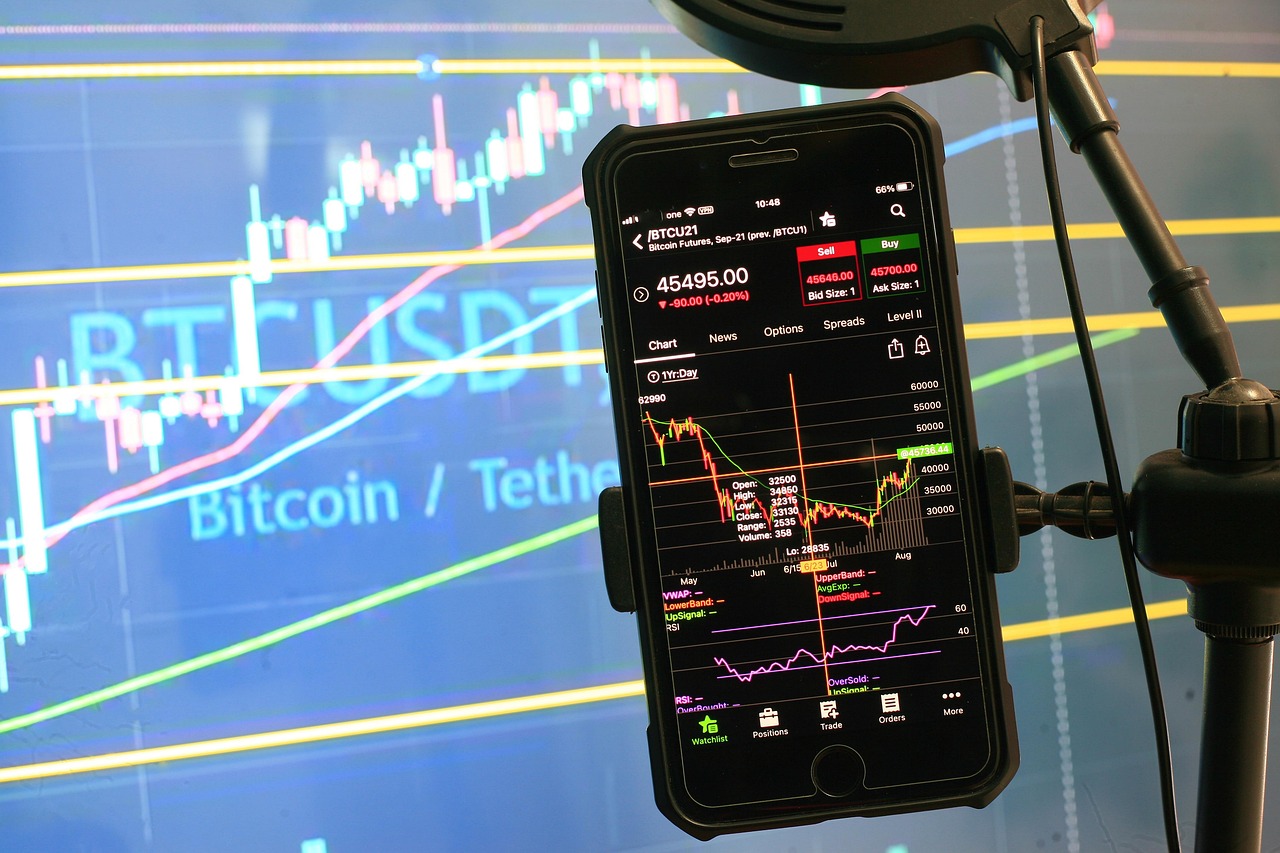The Evolution of NFT Fashion Resale Tracking: A Global Perspective

Non-fungible tokens (NFTs) have rapidly transformed various sectors, with fashion being one of the most intriguing domains. The convergence of digital assets and fashion has led to a novel marketplace where ownership and provenance are as crucial as the design itself. NFT fashion resale tracking is a burgeoning aspect of this digital fashion landscape, offering a unique solution to traceability and authenticity challenges that have long plagued the industry. This article delves into the mechanisms, benefits, and global implications of NFT fashion resale tracking.
At the core of NFT fashion resale tracking is blockchain technology, which ensures that each digital fashion item is unique and traceable. Unlike cryptocurrencies, NFTs are indivisible and represent ownership of a specific digital asset. When applied to fashion, this means that every digital garment or accessory can be linked to a distinct NFT, providing a permanent record of its provenance, ownership history, and details of all resale transactions.
One of the primary benefits of using NFTs for fashion resale tracking is the enhanced authenticity it offers. Counterfeit goods have long been a problem in the fashion industry, costing it billions annually. By tying each fashion item to an NFT, brands can ensure authenticity, giving consumers confidence in their purchases. Furthermore, every time the item is sold, its digital footprint is updated on the blockchain, providing an immutable history that is accessible to all stakeholders.
The global fashion industry has started to embrace this technology with several notable examples. For instance, luxury brands like Gucci and Balenciaga have experimented with NFTs to complement their physical offerings. By doing so, they not only appeal to tech-savvy consumers but also create a new revenue stream that capitalizes on digital ownership trends.
Moreover, NFT fashion resale tracking supports sustainability efforts within the industry. With the ability to track the lifecycle of a garment, brands can promote more sustainable consumption patterns. Consumers can make informed decisions about buying pre-owned items, knowing the full history of an item’s previous ownerships, thereby extending its lifecycle and reducing waste.
From a technical standpoint, NFT fashion resale tracking requires robust infrastructure. Blockchain platforms such as Ethereum and newer, more energy-efficient alternatives like Tezos are commonly used to mint NFTs. These platforms provide the necessary security and transparency to maintain the integrity of the resale tracking process.
Globally, the adoption of NFTs in fashion resale tracking varies significantly. While Western markets, especially in the United States and Europe, have been quick to adopt and innovate in this space, other regions are catching up. In Asia, particularly in countries like South Korea and Japan, there has been a growing interest in digital fashion, driven by a strong gaming culture and tech-forward consumer base.
However, there are challenges that need to be addressed for widespread adoption. The environmental impact of blockchain technology, especially those relying on proof-of-work protocols, has been a point of contention. As the industry moves towards more sustainable practices, the choice of blockchain technology will play a crucial role in balancing innovation with environmental responsibility.
In conclusion, NFT fashion resale tracking represents a significant shift in how the fashion industry operates, offering solutions to long-standing issues of authenticity, traceability, and sustainability. As the technology matures and adoption widens, it is likely to redefine the relationship between consumers and fashion brands, making the fashion industry more transparent and accountable. For tech-literate professionals, understanding the nuances of NFT fashion resale tracking will be essential as it continues to shape the future of digital fashion.














